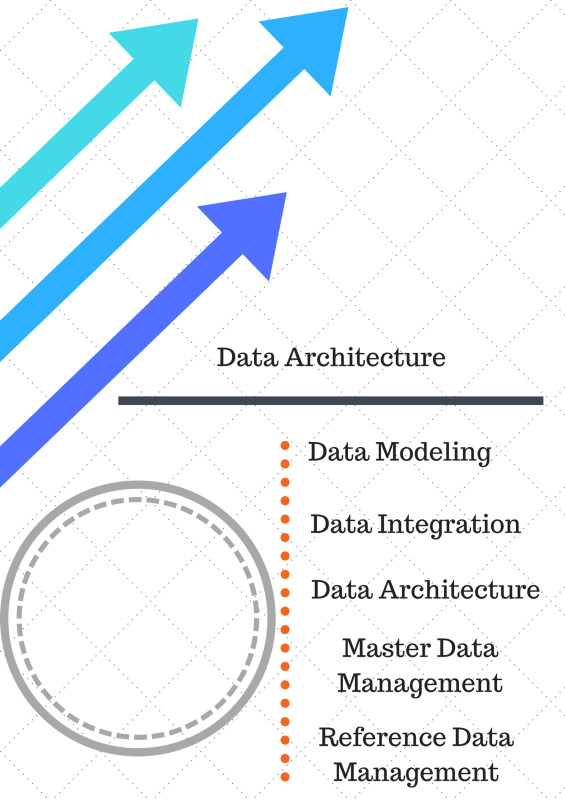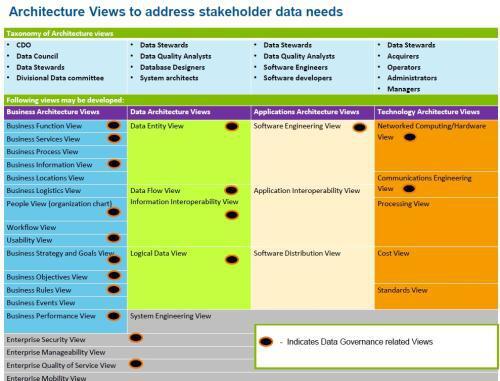


Soft2001 provides a comprehensive set of Data Architecture services mastering latest advancements of data lake architecture, data analytics architecture, data warehouse architecture, Real time streaming architecture and many more aspects as well.
Soft2001 also specializes in discovering and documenting multiple views of models using data architecture diagrams leveraging Archimate and Togaf data architecture principles. These varied views assist the stakeholders in understanding the common requirements to leverage these capabilities.
Our customizable tool governance and platform governance principles are driving the customers towards successful realization of the existing platforms and new capabilities. You can find multiple data architecture examples in the thought leadership section.
The architect has a responsibility to ensure the completeness and usability of the architecture while addressing various stakeholder concerns in the data-driven realm. So, should the scope be narrowed down to the Data Architecture? Do you think there is a need to look at data from the view of Business, Application and Technology owners as well?
In the below Image, you will be looking at various architecture views that can assist the organization in better governing data. This would be by, better appraising the data landscape and flow of data for interoperability, business functioning, in views that fit the needs of varied stakeholders. Contact us to take your data architecture management to the next level to realize the benefits.

The challenges of efficiently managing data are significant in today’s in-organic data landscapes. In these landscapes, one can see many legacy data stores and processes that are yet to be discovered along with the data that they produce, distribute and apply.
There are many political and adoption barriers that an organization needs to overcome to simplify, appraise these landscapes, better govern data to bring value and reduce risk to the organization.
And, an enabler of better Governance service operations is to understand the current nuances of data as it exists in the organization today.
Governing data in today’s world is also about having to naturally “Manage it as a Business Meaning” as rightly put by EDM. Most folks feel that Governance activities are a tad over and above regular Data management.
For example, the first intuition that a business analyst gets when a data mapping artifact needs to be produced is that it would impact the time to market of a critical business change.
This is where continuing awareness in the organization while enabling Sponsors, data owners, analysts, data stewards and other stakeholders, brings a cultural adoption of Governance.
The other way is to standardize this necessary information as organization process assets that bring immediate and cumulative benefits to the organization.
Likewise, Governance can be embedded into all phases of Architecture encompassing Business architecture, Information architecture, Process architecture, Systems architecture, and Technology architecture. Unraveling these disciplines informs how data should be Identified, Defined, Modeled, Related, Created, Distributed, Maintained, Applied and Decayed.